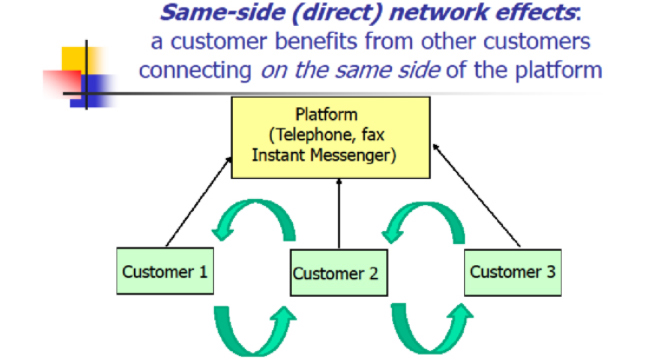Economics & Policy

This inter-disciplinary thrust focuses on the study of the economics and policy aspects of spectrum sharing including social justice related considerations. Some study topics under consideration are:
- Balancing the private and public interests in allocation of spectrum, including the assignment of some frequencies to be available to many users at no charge;
- Modelling competition among the three telecom wireless carriers and others in choosing to buy frequencies in different 5G and 6G bands;
- Based on the possibility of simultaneous use of the same frequency by different carriers, analyzing the possibility of non-traditional allocation of each frequency to a unique owner taking into consideration possible interference;
- The study of spectrum markets enabled by a data-driven information architecture; and
- spectrum governance and equitable use.
The design and operation of spectrum markets has been an important area of inter-disciplinary research for joint work between technologist and economics/policy experts. Prior work includes game theoretic formulations of spectrum markets to understand incentives and factors necessary for Pareto optimality. On the applied side, there have been several economic studies of new business models for spectrum, include sub-leasing or shared use between wireless service providers, or hybrids between unlicensed bands. Better economic models, including auctions and spectrum policies based on economic value, that incentivize spectrum efficiency and sharing are needed. With spectrum being an important natural resource and economic driver, there is a need to consider the equitable use and social justice implications of different spectrum sharing and regulatory policies.
The related regulatory framework is also of interest, with stakeholders including the FCC, government users, wireless service providers and end users. In the United States, almost all spectrum below 95 GHz is currently occupied by an incumbent, often a civilian government agency such as law enforcement or weather measurements, RA, the US military or utilities. Recent efforts in sharing the 3.5 GHz CBRS, 5.9 GHz UNI, and the TV whitespaces all rely on geographic exclusion zones and spectrum databases. However, these mechanisms are often coarse-grained and may be overly conservative, i.e., lead to low utilization of the spectrum. Incumbents are also concerned that new users of the spectrum will either make mistakes, such as using systems licensed for indoor use outside, or will be tempted to add range via directional antennas or power amplifiers. Thus, spectrum sharing based on sensing and databases must be supplemented by robust and efficient enforcement mechanisms, so that lower-priority transmitters that violate the spectrum etiquette rules can be either quickly identified or possibly even silenced, for example by extending the concept of station identification. Conversely, more dynamic systems where a lower-priority transmitter gets to try out bands at designated times or locations might allow more aggressive sharing. More broadly, there has been an interest within the FCC technological advisory board to move beyond the classical notion of limits on out-of-band emissions to a more harms-based model, where interference limits and harm claim thresholds describe the environment that entities in a shared spectrum environment need to work with.
